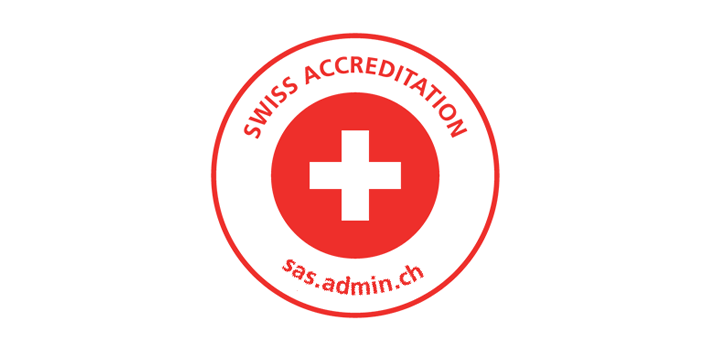The COVID-19 pandemic will reduce greenhouse gas emissions, but not enough, according to the latest World Energy Outlook report by the International Energy Agency. Here are five top ways that can help.
Published every year by the International Energy Agency (IEA), the World Energy Outlook 2020 states that “Reaching net-zero globally by 2050 […] would demand a set of dramatic additional actions over the next ten years. […] governments, energy companies, investors and citizens all need to be on board – and will all have unprecedented contributions to make.”
This is no mean feat. Yet International Standards are strategic and powerful tools to help all of us contribute to net-zero emissions and create a sustainable future.
Here’s how:
1. Calculating the carbon footprint
You can’t change what you can’t measure, which is why the ISO 1406x series of standards is such a valuable tool for every kind of company. ISO 14064-1, Greenhouse gases – Part 1: Specification with guidance at the organization level for quantification and reporting of greenhouse gas emissions and removals, for example, helps organizations quantify their greenhouse gas (GHG) emissions. It specifies how organizations can develop inventories of the sources of such emissions and identify actions to reduce them too. In addition, it enables easy auditing and comparison, making it simpler to assess which of these actions are working and which are not.
2. Travelling smart
How you get from A to B can play a significant role in reducing your GHG emissions. ISO 37161, Smart community infrastructures – Guidance on smart transportation for energy saving in transportation services, provides guidelines for transport organizations, local and national governments and any other industry player on how to reduce energy used in transportation for passengers, delivery, freight and postal services. It features energy-saving options that can be adopted, along with the maintenance and monitoring of such measures.
3. SOLAR POWER TAKES OFF
“I see solar becoming the new king of the world’s electricity markets. Based on today’s policy settings, it is on track to set new records for deployment every year after 2022,” said Dr Fatih Birol, the IEA Executive Director.
To help organizations embrace the solar trend, ISO has a number of standards that act as a catalyst for new technologies and maximize their potential. For example, ISO 9459-1, Solar heating – Domestic water heating systems – Part 1: Performance rating procedure using indoor test methods, provides a method for rating solar heating systems according to their thermal performance, so that they can be compared internationally.
4. HYDROGEN CARBON CAPTURE
Much like trees, carbon capture technologies play a significant role in reducing emissions as they take the offending CO2 emissions from producers such as factories and put them into a geologic storage formation for safe and secure disposal.
ISO has a number of standards and guidelines that support this technology such as ISO 27914, Carbon dioxide capture, transportation and geological storage – Geological storage, which outlines the requirements and recommendations for a safe and secure geological storage of CO2, reducing risks to people and the environment.
5. Cleaner, greener buildings
Buildings make up a significant proportion of the world’s energy use, so their energy efficiency and environmental performance can have a huge impact on total GHG emissions. The ISO 52000 family of standards offers a comprehensive method for assessing energy performance as the total primary energy used for heating, cooling, lighting, ventilation and domestic hot water of buildings. It provides low-carbon solutions for energy use in buildings and supports new technologies and approaches to building design and management.













